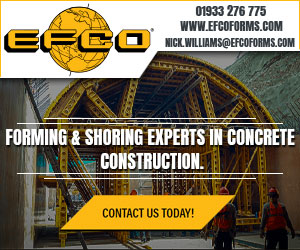Crofton, the consulting engineer, has carried out a building services contract at the historic Bishop’s Park and Fulham Palace sites in west London.
Working closely with archaeological consultant Gifford, Crofton devised inventive solutions that have allowed it to install building services while minimising the effect on the Scheduled Monument. The Palace houses a museum, botanic gardens and a cafe. Work was undertaken for the London Borough of Hammersmith and Fulham.
Fulham Palace
The old listed stable block, an outbuilding at Fulham Palace, has been renovated to become two education suites, with a capacity for 40 people where groups will learn about the Palace's history. Previously it had been in serious need of repair and its upper floor had been taken over by pigeons and the rotten stairs made it inaccessible. The stable block’s listed status and the fact it had an educational end use, created significant challenges for Crofton.
Emile Williams of Crofton explains: "Shortly after work began on the stable block, the plasterboard on the building’s walls was removed and unveiled brickwork dating back to the 1600s. We therefore had to ensure that the M&E services we installed had very little effect on the brickwork. However, the building’s educational nature meant a lot of services such as fire alarms, appropriately located electrical sockets and data points were essential.
"Because we were restricted in the way we could run services such as wiring and sockets throughout the building, we had to come up with creative solutions. One was to run a lot of wiring underneath the students benches which helped us avoid disturbing the brickwork and kept the services concealed. And under floor heating was installed to avoid wall-mounted radiators."
The Vinery greenhouse, another listed outbuilding on the grounds of Fulham Palace, which dates back to the 1900s, had also fallen into a state of disrepair and required a full restoration. Because the surrounding area is an archaeological site the main challenge for Crofton was running M&E services out of the building.
Williams explains: "The greenhouse needed water and electrical services that had to run underground. Because the surrounding area’s an archaeological site, we had to dig shallow 500mm to 600mm trenches, where the services could be laid with great care.
"Gifford had an in depth knowledge of the site and advised us that existing drainage systems were already in place, as they had completed prior works onsite. So we ran the water and electrical services directly alongside the drainage system. This prevented us from having to dig up any new ground which would have been a lot more time consuming on such a sensitive site."
Phil Emery, Gifford's archaeologist, said: "The site on which Fulham Palace stands is of great archaeological interest and has seen virtually continuous occupation since Roman Times. Gifford has been providing heritage advice to the London Borough of Hammersmith and Fulham and has been working with project partners to ensure restoration works are carried out sensitively on this nationally important monument. Where significant remains have been exposed we've worked closely with English Heritage to explore ways of preserving them in the ground, or as appropriate, ensuring that they are excavated and recorded by the archaeological contractor PCA to enhance our understanding of this fascinating site."
As the residence of the Bishops of London, Fulham Palace has its origins in the Saxon period, being part of a grant of 50 hides of land from the Bishop of Hereford in AD704. The Bishop of London vacated the Palace in 1973, bringing to an end a remarkable period of unbroken occupancy spanning nearly 1,300 years. Chance finds of worked flint and ancient pottery indicate that habitation on the land where the Palace stands dates back to prehistoric times, and the recent restoration works have led to a series of intriguing archaeological discoveries from various periods.
Bishop's Park
At Bishop's Park an element of Crofton's work was to refurbish the park's outdoor lighting. Specialist heritage light fittings were sourced in keeping with the park’s original style. The fittings had to be selected to ensure that light pollution was reduced due to the park’s close proximity to a residential area.
"Diamond optic reflectors were fitted within each lamp along the park's footpath. This device (singular) assists in controlling the light beam and helps reduce light spillage. No beams are directed into the air or the rest of the park, which is beneficial for residents living close by."
Crofton was also involved in the refurbishment of the water feature, located in the area known as "The Beach Esplanade" within the park ― a fenced off vicinity that contains a sand pit and a water feature with a paddling pool for children. Crofton designed the services for the fountain's refurbishment, including its power supply, drainage and pipework sizing.
In addition, Crofton worked on the refurbishment of the park’s existing cafe and on its newly built clubhouse. During the cafe’s restoration its existing shell was kept but made larger, and floor to ceiling glass doors will be installed giving diners a view across the park’s bowling green. Crofton provided all the building design services for this activity and also for the upgrading of the cafe’s kitchen, drainage and extract system.
At the new club house the engineer incorporated building services design including lighting, heating, ventilation and air conditioning (HVAC) and power systems. The clubhouse contains changing rooms for the bowling green, an office, a function room and a kitchenette.
Bishop's Park dates back to 1893 when it was opened by the London County Council. It runs north of the River Thames from All Saints church, next to Putney Bridge, by a broad tree-lined avenue, and an embankment path along the river and ends at Bishop's Park Road. The park is adjacent to Fulham Palace and Fulham Football Club and contains tennis courts and bowling greens.
The client was the London Borough of Hammersmith and Fulham. Fifty-one per cent of the project was funded by the Heritage Lottery Fund. Thomas Ford & Partners was the architect, Gifford the archaeological consultants working in close consultation with English Heritage, advised on the site’s buried remains, Morton Partnership was responsible for the structural design and the landscape architect was CBA Landscape Architects.
Construction News
13/03/2012
Crofton Implements Innovative Building Services Solutions
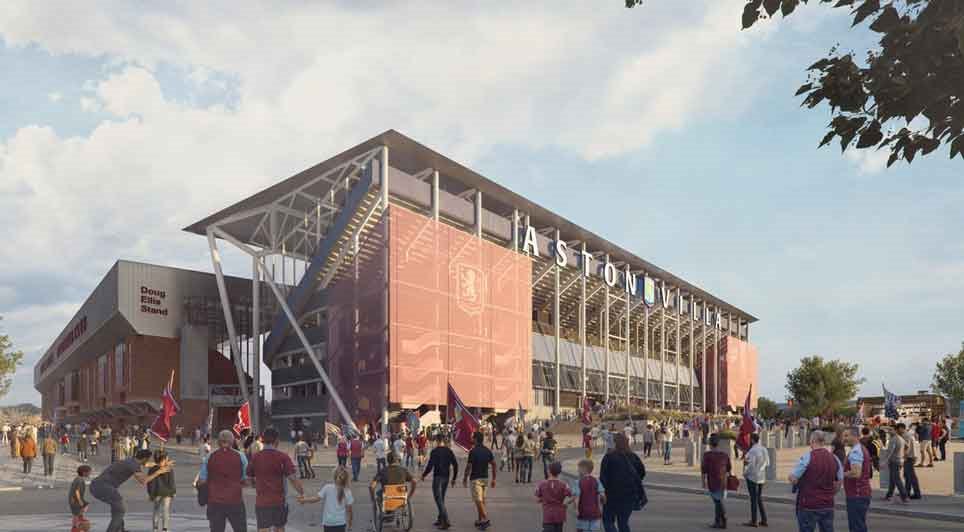
25/04/2025
Aston Villa Football Club has unveiled plans to refurbish and expand the iconic North Stand at Villa Park, a major step in the wider regeneration of the North Grounds.
The redevelopment will raise the stadium's total capacity to over 50,000, with the North Stand alone increasing to more than 12,00
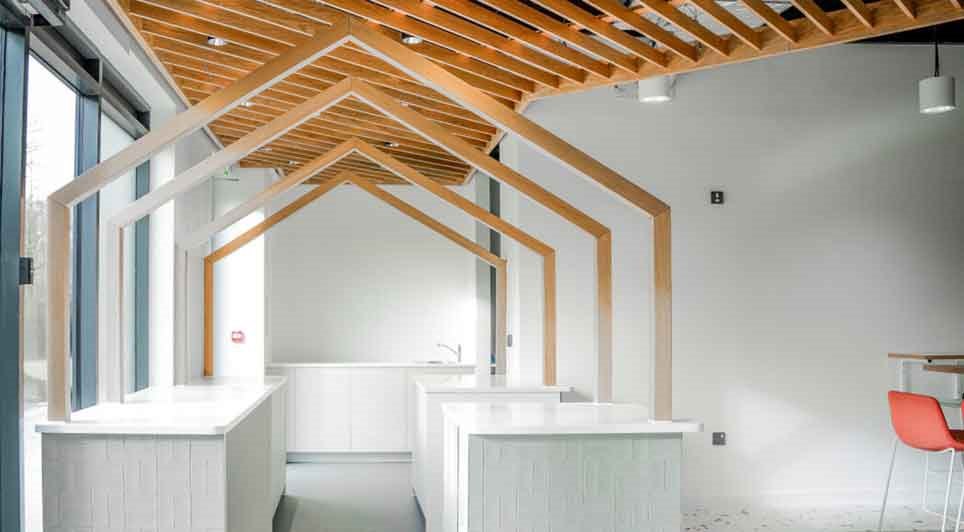
25/04/2025
Morgan Sindall Construction's Southern Home Counties team has officially handed over the newly completed Crawley Innovation Centre to Crawley Borough Council (CBC).
The transformation of the former TUI travel house into a cutting-edge innovation, economic and technology hub drew local leaders, busi
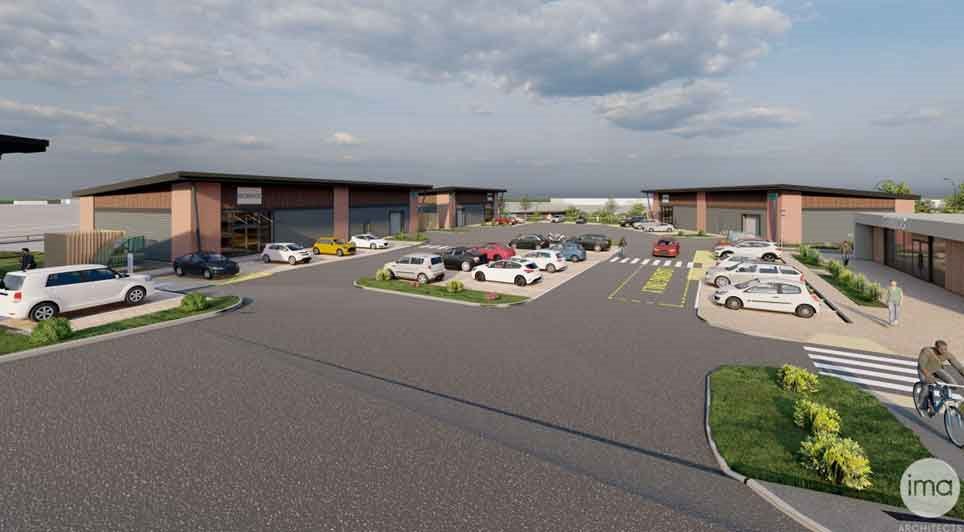
25/04/2025
Clowes Developments has confirmed that construction will soon commence on five new trade counter, warehouse and industrial units at Stud Brook Business Park in Castle Donington, following planning approval from North West Leicestershire District Council.
The new development, Plot 1, will feature fi
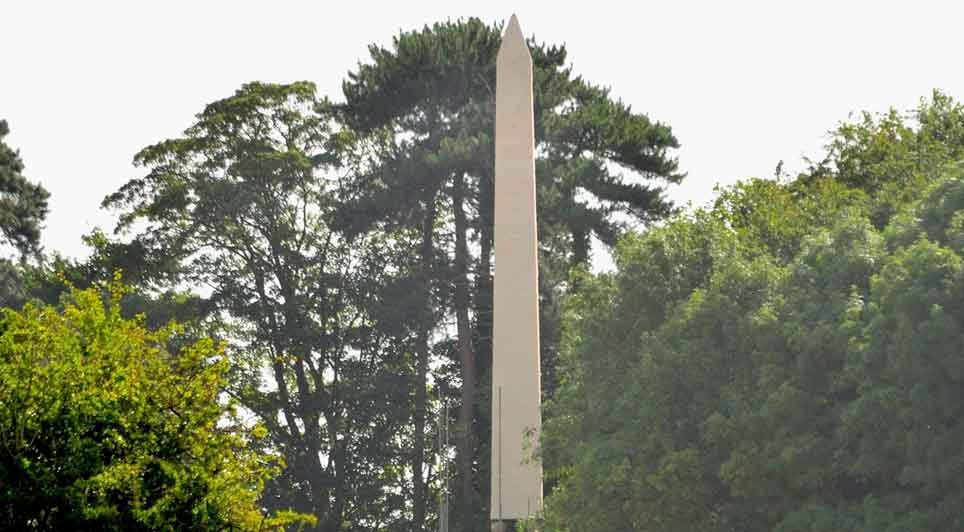
25/04/2025
A historic 18th-century landmark has been carefully restored as part of the major Garendon Park housing development in Loughborough.
The Grade II* listed Obelisk, located within the grounds of the former Garendon Hall estate, had endured years of weathering before undergoing a sensitive restoration

25/04/2025
Mace has appointed industry heavyweight, Gary Sweeney, to head up its European team working across the Healthcare, Life Sciences and Technology sectors.
Gary joins Mace following a spell as Interim Director in Turner & Townsend’s Advanced Manufacturing, Industrial and Logistics division in the UK

25/04/2025
A groundbreaking ceremony has recently marked the start of a £5.5 million extension project at Thorp Academy in Ryton, Gateshead.
The development, aimed at accommodating the growing student population, is being delivered by Morgan Sindall Construction on behalf of the Northern Education Trust (NET

25/04/2025
Wakefield-based Henley Stone Specialists has been appointed to deliver Glass Reinforced Concrete (GRC) elements for the first phase of 'Our Cultural Heart', Kirklees Council’s flagship project aimed at revitalising Huddersfield town centre.
Part of the Henley Construction Management Group, Henley S
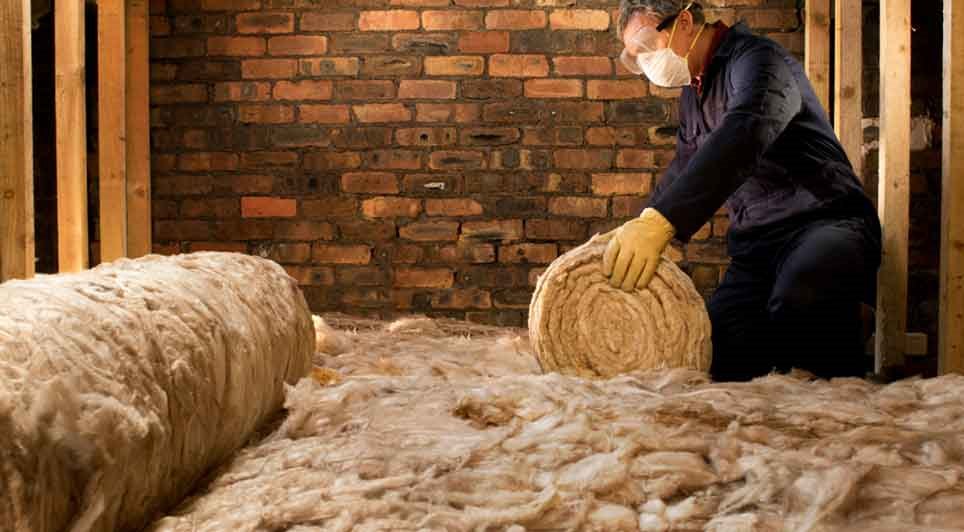
25/04/2025
More than 2,500 Nottingham homes are set to benefit from energy efficiency improvements as part of a major £153 million regional initiative to cut household bills and carbon emissions.
Nottingham City Council's Executive Board has approved the acceptance of nearly £76 million in Government funding

25/04/2025
Introduction: What Is a Fitted Hoist?
A fitted hoist is a mechanical lifting device installed in the home to help safely move individuals with limited mobility. Commonly found in bedrooms, bathrooms and living spaces, these systems make it easier and safer to transfer someone between a bed, chair,
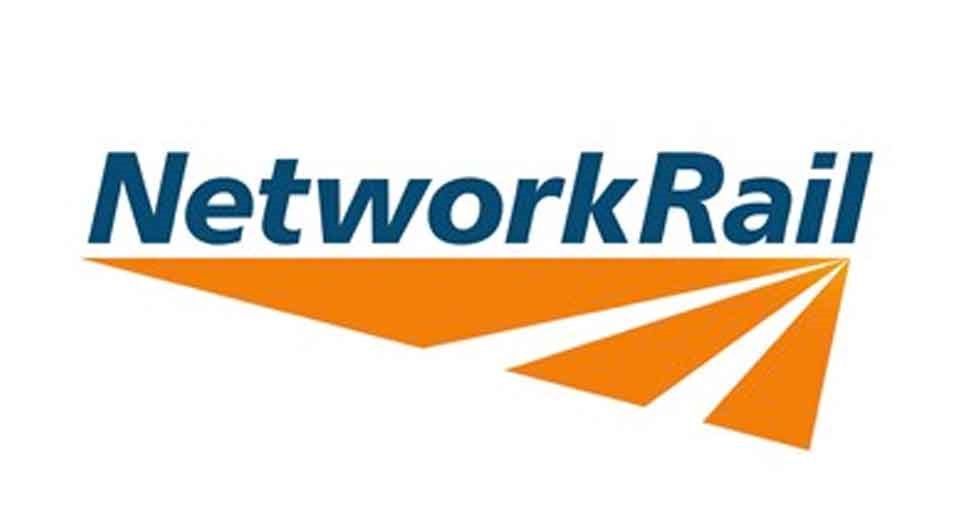
25/04/2025
Rail services between Hereford and Shrewsbury are facing significant disruption following the collapse of an underground culvert, forcing the closure of the line in both directions.
Emergency engineering works are underway to ensure the safety of the railway.
Network Rail's engineering teams are
 UK
UK Ireland
Ireland Scotland
Scotland London
London


